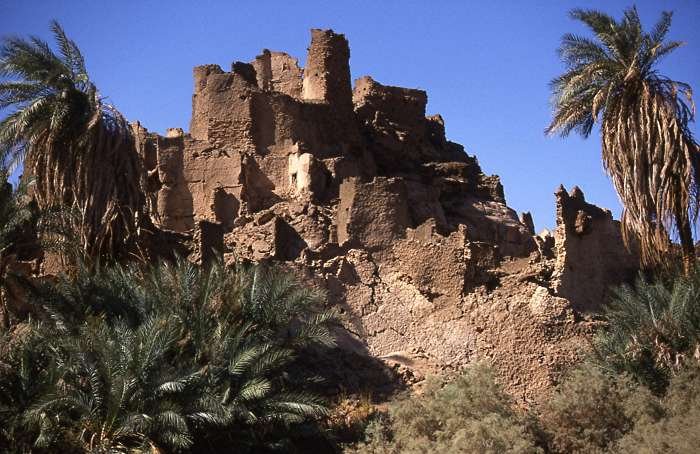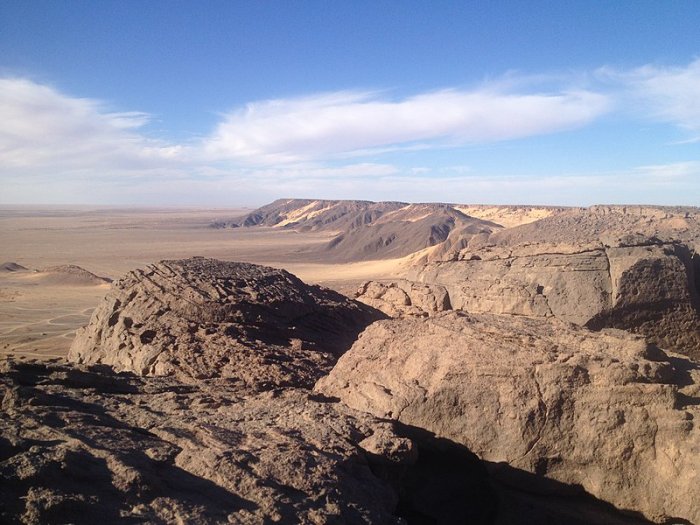Mysterious Ancient Fortified City Of Djado On Dangerous Journey Across Sahara
A. Sutherland - AncientPages.com -There is a mysterious ancient city of Djado located on the southern border of the Djado plateau in northeastern Niger. Once, there were several cities on this plateau, but today, the area is largely uninhabited.
The ruins of abandoned cities, forts, and beautiful cave art are still there.
The Djado Plateau in the northeast is also rich in art, where remarkable paintings and engravings have been discovered in the Aïr Mountains.
Dated back to 3,500 to 2,500 BC, rock art depicts vegetation and animal presence somewhat different from our modern expectations. The remote northeastern town of Djado, a very ancient fortified complex, was a fort and trading center located along the routes towards Libya.
Ruins of the clay construction houses of Djado, the city abandoned centuries ago in the north-east of Niger. Image credit: Holger Reineccius - CC BY-SA 2.0 DE
On the other hand, archaeologists estimate that Djado was built approximately 800-1,000 ago, and it was an oasis and an important station on the dangerous route across the Sahara Desert.
Prehistory and even more modern history of this region have yet to be discovered.
Today, Djado is a ghost town in Bilma, an oasis town and commune in northeast Niger, with, as of the 2012 census, a total population of 4,016 people.
It has good protection from the desert dunes under the Kaouar Cliffs and is the largest town along the Kaouar escarpment. It is known for its gardens, salt, and natron production through evaporation ponds and as the destination of one of the last Saharan caravan routes.
From top mountain of Djado in sahara desert. Image credit: Maireymaradi - CC BY-SA 4.0
The settlement lies on the plateau and has the same name but was not called Djado. This remote ancient site has never been excavated, so the actual name of the settlement is unknown. Djado was part of the kingdom of Sayfema of Kanem-Bornu, at least since the reign of Dunama Dibalemi (1203–1243).
Once they were independent, they re-joined the Idris Alauma empire (1564–1596).
Idris Alauma moved through the desert from Fachi to Bilma, 260 kilometers (160 mi) south of Djado.
As the power of the Bomu empire decreased, the people of the oasis were exposed to several raids of the Touareg in the 18th and 19th centuries.
They started to abandon the place and settled in Kaouar.
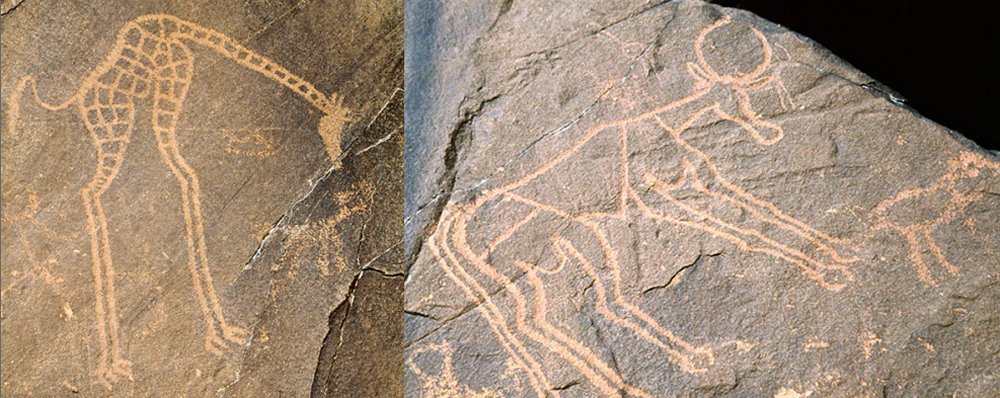
Rock art in form of carvings and paintings of mostly animals and vegetation and dated 3,500 to 2,500 BC, was found in the Aïr Mountains in northeastern Niger, not far from the city of Djado. Image credit: africanrockart.org
Another reason might be that cattle herding in the region also introduced mosquitoes that spread malaria. In 1860, about 1000 Kanuri are said to have been left. In the middle of the 20th century, only a few Kanuri and Toubou were left. They mostly lived from growing dates and harvesting salt.
The region of Niger and this part of the Sahara has revealed considerable archaeological evidence that about 60,000 years ago, humans inhabited what has since become the desolate Sahara Desert of northern Niger.
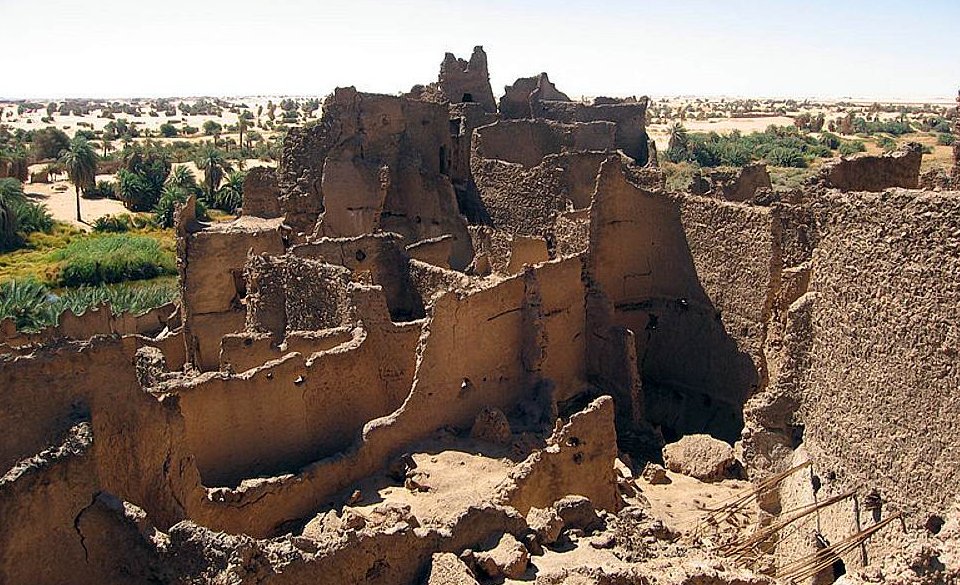 Ancient ruins of Djado. Image credit: freevst.x10.mx
Ancient ruins of Djado. Image credit: freevst.x10.mx
From at least 7,000 BC, inhabitants of these vast fertile grasslands were busy raising livestock, herding sheep and goats, and leaving large settlements and pottery. Cattle were introduced to the region approximately from 4,000 to 3,500 BC.
Rock art in the form of carvings and paintings of primarily animals and vegetation and dated 3,500 to 2,500 BC was found in the Aïr Mountains in northeastern Niger, not far from the city of Djado.
Written by – A. Sutherland - AncientPages.com Senior Staff Writer
Copyright © AncientPages.com All rights reserved. This material may not be published, broadcast, rewritten or redistributed in whole or part without the express written permission of AncientPages.com
Expand for referencesMore From Ancient Pages
-
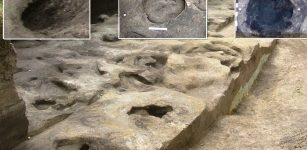 Sensational Discovery: 300,000-Year-Old Snapshot – Oldest Human Footprints From Germany Found
Fossils | May 12, 2023
Sensational Discovery: 300,000-Year-Old Snapshot – Oldest Human Footprints From Germany Found
Fossils | May 12, 2023 -
 Mythical Danaides: Daughters Of Danaus Condemned In Hades To Eternal Punishment
Featured Stories | Mar 22, 2016
Mythical Danaides: Daughters Of Danaus Condemned In Hades To Eternal Punishment
Featured Stories | Mar 22, 2016 -
 Mysterious Black Cloud Caused A Global Catastrophe In 536 A.D. And 18 Months Of Darkness
Featured Stories | May 25, 2021
Mysterious Black Cloud Caused A Global Catastrophe In 536 A.D. And 18 Months Of Darkness
Featured Stories | May 25, 2021 -
 Vikramashila: India’s Main Intellectual And Learning Center Of Tantric Buddhism
News | Sep 19, 2015
Vikramashila: India’s Main Intellectual And Learning Center Of Tantric Buddhism
News | Sep 19, 2015 -
 Unique Codex Cospi: Pre-Columbian Manuscript Will Soon Reveal Some Of Its Secrets
News | Oct 29, 2020
Unique Codex Cospi: Pre-Columbian Manuscript Will Soon Reveal Some Of Its Secrets
News | Oct 29, 2020 -
 Fossils, Fires And Focus On Early Human Activity In Southeast Asia Jungles
Archaeology | Oct 14, 2024
Fossils, Fires And Focus On Early Human Activity In Southeast Asia Jungles
Archaeology | Oct 14, 2024 -
 New Clues To Behavior Of Neanderthal Hunting Parties
Archaeology | Mar 27, 2023
New Clues To Behavior Of Neanderthal Hunting Parties
Archaeology | Mar 27, 2023 -
 Why Did Socrates Drink Poison And Commit Suicide?
Ancient History Facts | Apr 21, 2018
Why Did Socrates Drink Poison And Commit Suicide?
Ancient History Facts | Apr 21, 2018 -
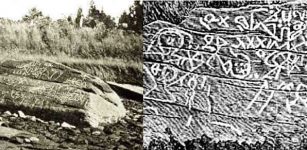 Dighton Rock – Centuries-Old-Mystery Still Unsolved
Featured Stories | Sep 8, 2015
Dighton Rock – Centuries-Old-Mystery Still Unsolved
Featured Stories | Sep 8, 2015 -
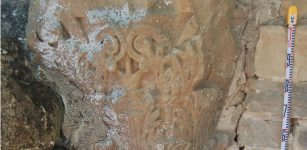 Large Previously Unknown Roman City Discovered At The Foot Of The Pyrenees
Archaeology | Jul 16, 2022
Large Previously Unknown Roman City Discovered At The Foot Of The Pyrenees
Archaeology | Jul 16, 2022 -
 Mystery Of Famous Viking Ruler Rollo: DNA Experts Seek The Truth About His Identity
Featured Stories | Mar 16, 2016
Mystery Of Famous Viking Ruler Rollo: DNA Experts Seek The Truth About His Identity
Featured Stories | Mar 16, 2016 -
 Evidence Of Yue – Ancient Chinese Criminal Punishment Found At Sanmenxia City
Archaeology | May 17, 2024
Evidence Of Yue – Ancient Chinese Criminal Punishment Found At Sanmenxia City
Archaeology | May 17, 2024 -
 The ‘Walking Under Ladder’ Superstition Can Be Traced To Ancient Egypt
Ancient Idioms & Superstitions | Aug 26, 2015
The ‘Walking Under Ladder’ Superstition Can Be Traced To Ancient Egypt
Ancient Idioms & Superstitions | Aug 26, 2015 -
 Levänluhta People Could Survive Fimbulwinter Thanks To Their Diverse Livelihoods
Archaeology | Apr 24, 2020
Levänluhta People Could Survive Fimbulwinter Thanks To Their Diverse Livelihoods
Archaeology | Apr 24, 2020 -
 How Did These Beautiful Venetian Glass Beads Reach North America Long Before Columbus?
Archaeology | Feb 15, 2021
How Did These Beautiful Venetian Glass Beads Reach North America Long Before Columbus?
Archaeology | Feb 15, 2021 -
 Oldest Human Remains Unearthed In Vietnam
Archaeology | Nov 15, 2023
Oldest Human Remains Unearthed In Vietnam
Archaeology | Nov 15, 2023 -
 I Ching – The Book of Changes – World’s Oldest Book Of Wisdom Used To Predict Future Events
Featured Stories | Sep 12, 2018
I Ching – The Book of Changes – World’s Oldest Book Of Wisdom Used To Predict Future Events
Featured Stories | Sep 12, 2018 -
 Terrace Farming Was Invented In South American Andes Over 1,000 Years Ago
Ancient History Facts | Sep 7, 2016
Terrace Farming Was Invented In South American Andes Over 1,000 Years Ago
Ancient History Facts | Sep 7, 2016 -
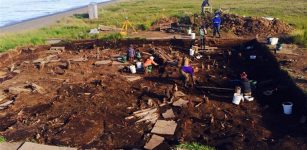 Archaeologists uncover new Yup’ik artifacts near Quinhagak, Southwest Alaska
Artifacts | Aug 28, 2015
Archaeologists uncover new Yup’ik artifacts near Quinhagak, Southwest Alaska
Artifacts | Aug 28, 2015 -
 Bonobos And Chimps: What Our Closest Relatives Tell Us About Humans
Featured Stories | Apr 6, 2023
Bonobos And Chimps: What Our Closest Relatives Tell Us About Humans
Featured Stories | Apr 6, 2023


